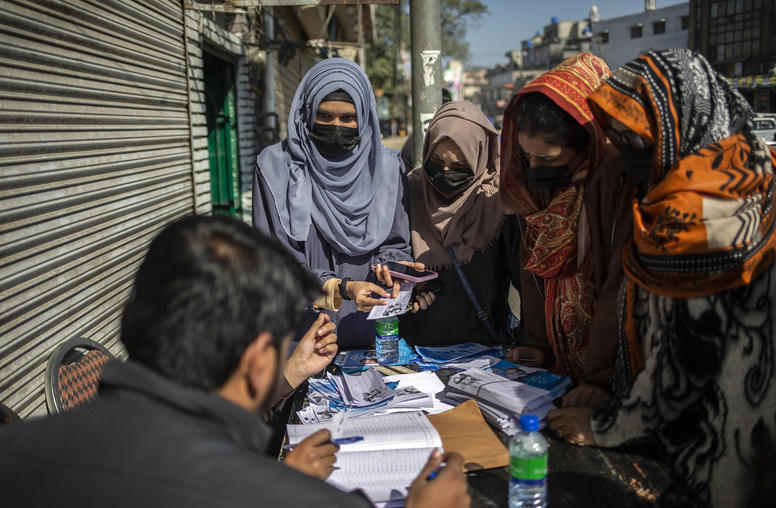All It Takes Is One: Nuclear Blast Effects and Preventing the Spread of Nuclear Weapons
On July 27, 2009, a panel of experts reviewed the destructive potential of a nuclear weapon, and discussed the role of the Nuclear Non-Proliferation Treaty (NPT) and the Comprehensive Test Ban Treaty (CTBT) as keystone agreements to halt the spread of nuclear weapons technology.
Overview
The world has witnessed sixty-four years pass since the 1945 nuclear attacks on Japan. Few people today understand the immense power of these weapons – or steps taken by the global community to prevent any future use of them.
On July 27, 2009, a panel of experts reviewed the destructive potential of a nuclear weapon, and discussed the role of the Nuclear Non-Proliferation Treaty (NPT) and the Comprehensive Test Ban Treaty (CTBT) as the keystone agreements to halt the spread of nuclear weapons technology.
Additionally, the panel discussed the nonproliferation recommendations in America’s Strategic Posture: The Final Report of the Congressional Commission on the Strategic Posture of the United States, facilitated by USIP, on U.S. actions to help halt the spread of nuclear weapons technology. Experts assessed the nuclear proliferation threats posed by Iran, North Korea and other countries, and how the NPT and other measures can help resolve the challenges they present. Finally, experts presented their perspectives on additional nonproliferation measures that the U.S. and other countries could consider taking.
Speakers
- Dr. George Ullrich
Senior Vice President for Advanced Technology Programs, Science Applications International Corporation, and former Deputy Director of the Defense Nuclear Agency - Ms. Corey Hinderstein
Director of International Programs, Nuclear Threat Initiative - Ms. Jenifer Mackby
Fellow/Consultant, Center for Strategic and International Studies - COL Paul Hughes, U.S. Army (Ret.), Moderator
Senior Program Officer, Center for Conflict Analysis and Prevention, U.S. Institute of Peace, and Executive Director of the Congressional Commission on the Strategic Posture of the United States



